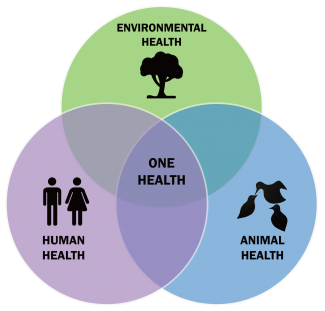The rapid spread of the coronavirus out of Wuhan, China has sparked concern across countries as the international community grapples with how best to contain it. The clock is ticking to find a solution.
Luckily, innovative biotechnology companies are working tirelessly each today to heal the world. We’ve seen new therapies deliver a 90 percent cure rate for Hepatitis C, saving billions in reduced hospital costs. And scientists are working to develop techniques that could help address mosquito-related diseases like malaria, West Nile, and Zika.

The rapid spread of the coronavirus out of Wuhan, China has sparked concern across countries as the international community grapples with how best to contain it. The clock is ticking to find a solution.
Luckily, innovative biotechnology companies are working tirelessly each today to heal the world. We’ve seen new therapies deliver a 90 percent cure rate for Hepatitis C, saving billions in reduced hospital costs. And scientists are working to develop techniques that could help address mosquito-related diseases like malaria, West Nile, and Zika.
Biotechnology is leading to breakthroughs for human, animal and environmental health, but is there a way we can address these outbreaks before they spread from animal to human?
Yes, and the concept is called One Health.
Thanks, but why do I care? The spread of a deadly new virus in China is just the latest outbreak that highlights the interconnectedness of humans, animals, and the environment—and underscores why the entire biotechnology sector needs to work with partners across the industry to solve humanity’s and the planet’s biggest challenges.
So, what is One Health? It is a public health approach that ensures all areas of government are coordinated and working together to foster and advance innovation that is critical in protecting against diseases and malnutrition. The ability to prevent, prepare for, and respond to outbreaks of infectious diseases such as coronavirus, Ebola, Zika, avian influenza (HPAI) and MERS depends on an improved understanding of the interconnectedness of human, animal and environmental health.
Why are we only starting to talk about this now? In late 2019, the Senate passed a resolution designating January 2020 One Health Awareness Month, to help us “achieve the best health for people by recognizing our connection to animals and our environment.”
“One Health is a relatively new term being used by health experts—including at the Centers for Disease Control and Prevention—to better focus on the linkages between human, animal and environmental health and the need to develop comprehensive solutions. For instance, public health specialists are now working with physicians and veterinarians to minimize the inappropriate use of antibiotics in human and animal patients to combat antibiotic resistance,” said the press release announcing the bipartisan resolution.
The point is to take a holistic view of infectious disease—especially since at least 60% of infections jump from animals to humans.
But it goes beyond animals and humans:
“Our risk of picking up these types of viruses has only gone up in modern times, as we continue to interact with animals and encroach further into their territory through activities like deforestation. Climate change hasn’t helped, because warmer climates mean that certain pathogens can survive for longer in more parts of the world. And globalization means that we can introduce viruses to new parts of the world as we travel,” explains QZ.
And we’re also thinking about things like mosquito-borne illnesses, which are spreading to new regions due to climate change—and which might also be able to be solved by industry-wide collaboration.
BIO’s take: A goal of One Health is to encourage the collaborative efforts of multiple disciplines working locally, nationally, and globally. The tools the biotechnology sector provides open up opportunities for understanding, solving, and preventing the web of interrelated problems threatening the health of people, animals, and the environment. The potential positive impact on zoonotic, environmental, and agricultural threats is especially great when silos are bridged, sectors cooperate, and knowledge is translated from one space to another.
Learn More:
- BIO’s Issue Brief on One Health Awareness
- Innovature: One Health Collaboration is Key to Preventing the Next Pandemic

